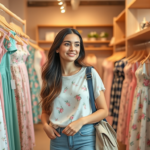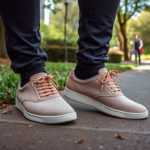Outfit Coordination: How to Create Cohesive Looks
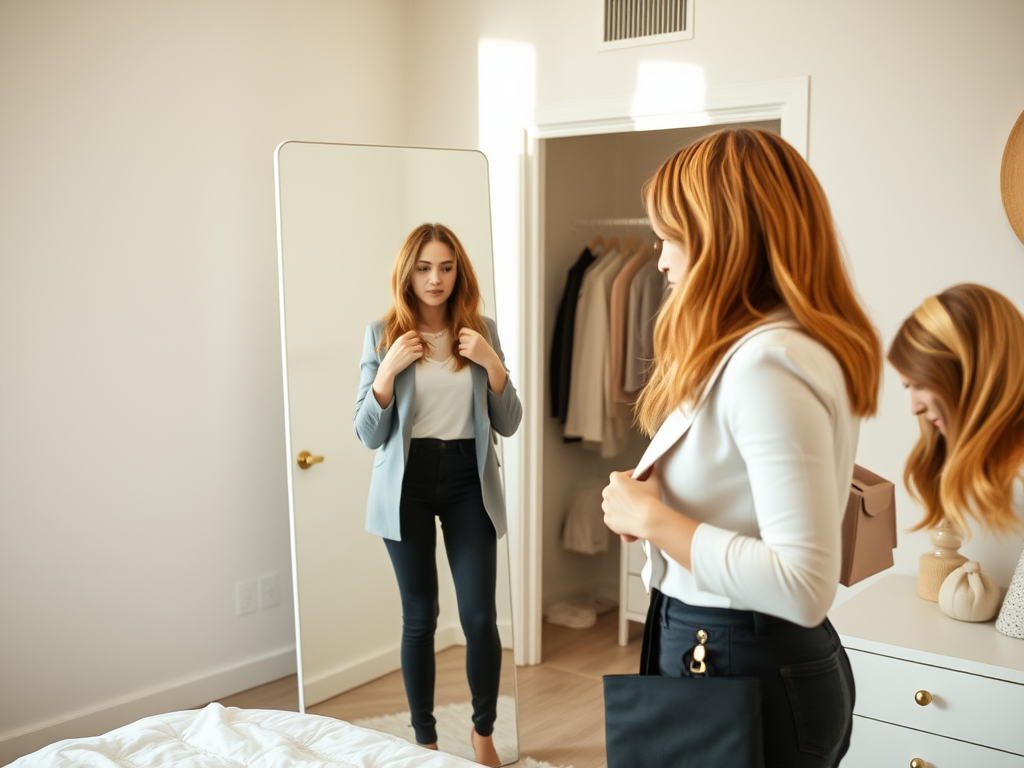
In the world of fashion, the ability to create cohesive outfits is an art form that can transform your wardrobe from mundane to marvelous. Effectively selecting and pairing your clothing pieces can help you convey your style, boosts your confidence, and allow you to stand out for all the right reasons. Whether you’re dressing for a casual day out, a business meeting, or a special occasion, understanding the intricacies of outfit coordination is integral to achieving a polished look. Every detail matters, from your color choices to the textures and patterns you combine. In this article, we’ll unravel the mysteries of cohesive outfit creation, arming you with practical tips and strategies for looking your best at all times.
Before diving into the specific techniques of outfit coordination, it’s crucial to grasp the foundational principles that govern how different wardrobe elements interact. You’ll discover how color theory influences your choices and why understanding your body type can make a significant difference in your outfit’s overall appeal. With these skills, even casual pieces can look thoughtfully assembled, amplifying your personal flair.
Understanding Outfit Coordination
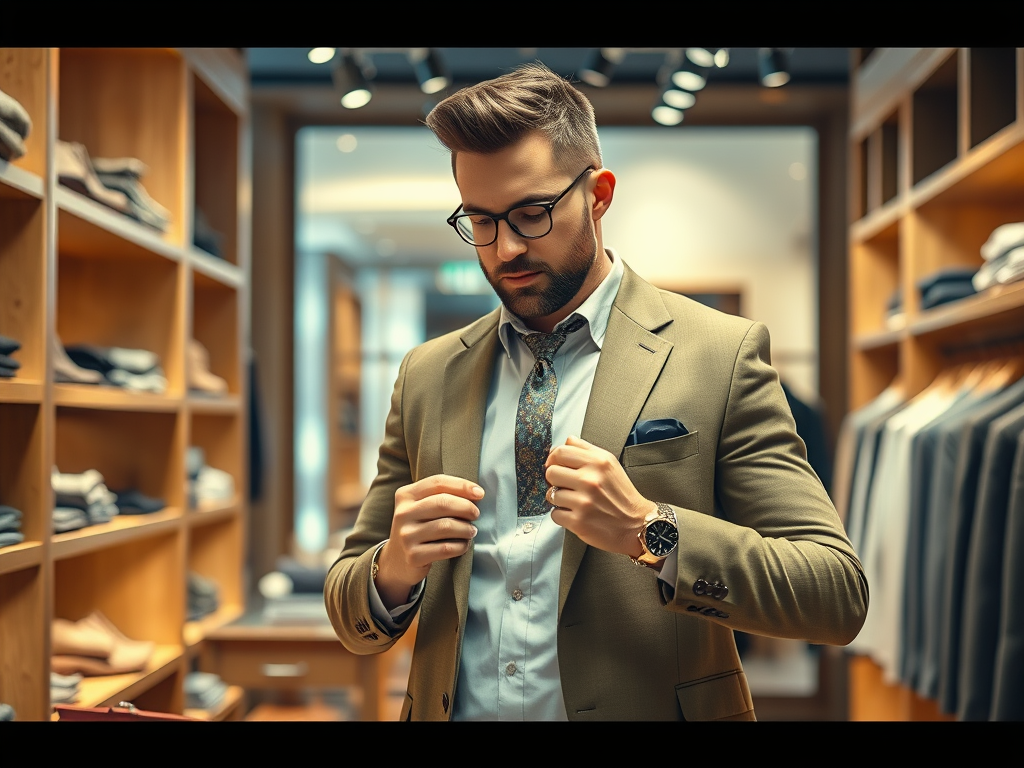
Outfit coordination is the art of assembling fashion pieces into a cohesive look. It involves more than just matching colors; it’s about harmonizing textures, styles, and accessories to express personality and occasion. Successful outfit coordination can turn heads and ignite compliments, making it essential for anyone looking to elevate their fashion game. Today, we will explore the multifaceted approach to achieving coordinated outfits, focusing on colors, body types, accessories, and more.
The Importance of Color Theory in Outfit Coordination
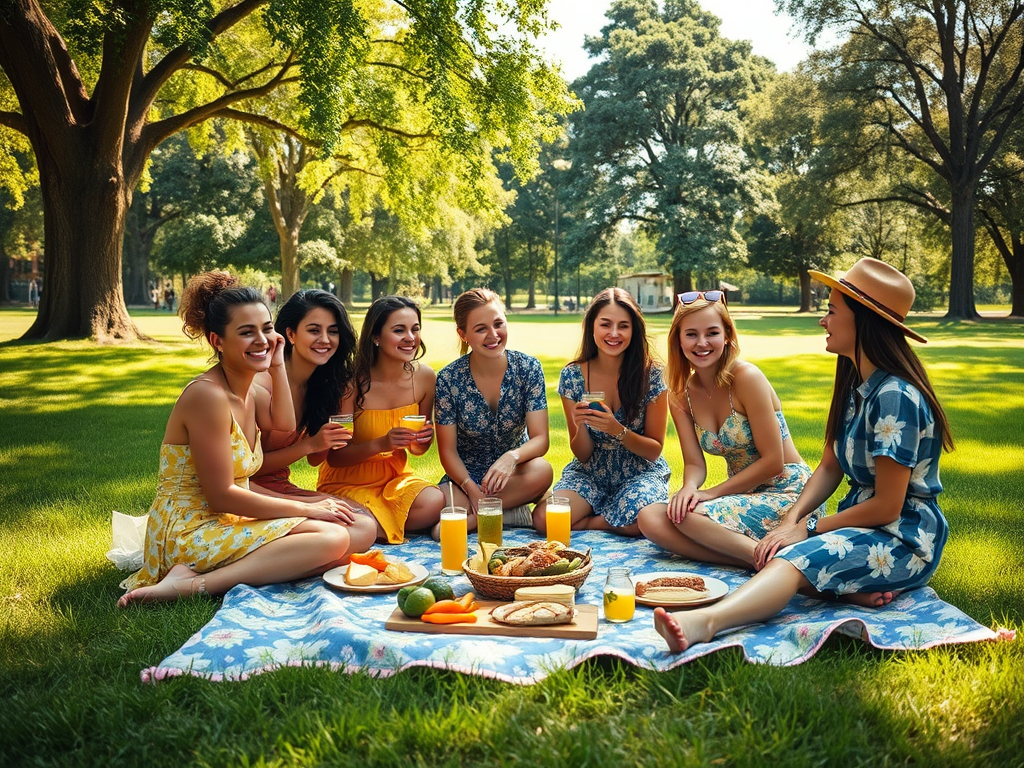
Color theory plays a crucial role in creating appealing outfits. By understanding the impact of colors on visual perception, you can make smarter choices that elevate your looks. Colors evoke emotions every time we don them, and it’s paramount to choose wisely based on the message you want to convey. This understanding isn’t merely academic; it’s practical and applicable to everyday fashion decisions.
| Color | Emotion | Best Occasions |
|---|---|---|
| Red | Passion, Energy | Parties, Date Nights |
| Blue | Calm, Trust | Work, Casual Outings |
| Green | Growth, Freshness | Daytime Events, Nature Walks |
| Black | Elegance, Authority | Formal Events, Business Meetings |
Selecting a Color Palette
Choosing a color palette is essential for outfit coordination. It sets the tone for your entire ensemble, ensuring that each piece works harmoniously together. A well-crafted palette can act as a foundation, allowing creativity to flourish while keeping an overarching sense of unity. You might be asking yourself, how do you even begin to choose a color palette? Start by considering your personal preferences, seasonal hues, and even the latest color trends.
A capsule wardrobe consists of a limited number of versatile pieces that can be mixed and matched effortlessly. This helps streamline outfit selection and maintain a cohesive look throughout the seasons. Here’s how you can achieve a successful capsule wardrobe:
- Stick to neutral colors for base layers.
- Incorporate a few statement pieces that pop.
- Choose clothing items that complement each other across different outfits.
- Opt for quality over quantity; invest in durable fabrics.
Understanding Body Types and Silhouettes
Knowing your body type and what silhouettes work best for you will guide your outfit choices, enhancing your overall appearance. Understanding your proportions can help you select styles that flatter your figure and highlight your best features. The right silhouette can boost your confidence and ensure that your outfit feels as good as it looks. This consideration is paramount, as it not only reflects your personal style but also influences how comfortable you feel in your clothing.
Here’s a quick breakdown of flattering fits for common body types:
- Pear Shape: Opt for A-line skirts and structured tops.
- Apple Shape: Choose defined waistlines and v-necklines.
- Hourglass: Emphasize curves with fitted styles and belts.
Accessorizing for Cohesion
Accessories can make or break an outfit. They should accentuate your look without overwhelming it. Choosing the right accessories requires another layer of coordination—considering how they align with your chosen color palette and outfit style. Don’t underestimate their power; a well-chosen accessory has the potential to unify your look.
Select accessories that complement your color palette and the vibe of your outfit. For instance, op for dainty gold jewelry for a romantic look or chunky statement pieces for a bold, dramatic effect. Consider these additional factors when selecting accessories:
- Proportion: Ensure that accessories fit well with the size and styles of your clothing.
- Functional Value: Choose items that serve a purpose without compromising style.
- Balance: Offset bold pieces with more subtle ones to maintain harmony.
Mixing Patterns and Textures
Knowing how to mix patterns and textures can add depth to your outfit, creating visual interest. While it may seem daunting, familiarizing yourself with some basic guidelines can ease the process. When executed correctly, the combination of diverse elements can elevate an otherwise simple outfit into something extraordinary. The goal is to look intentional, not chaotic—each layer should contribute to an ensemble’s overall feel.
Here are some tips to help you successfully mix patterns and textures:
- Stick to a similar color scheme across patterns.
- Balance a bold pattern with a neutral or understated one.
- Use varying scale sizes to prevent clashing.
Conclusion
Mastering outfit coordination involves understanding key elements such as color theory, body types, and accessories. The art of creating cohesive looks allows one’s personality to shine while making a striking impression. By implementing the guidelines outlined in this article, you’ll be equipped to navigate your wardrobe with confidence. Remember that practice makes perfect; don’t shy away from experimenting until you discover what works best for you. Ultimately, a well-coordinated outfit can make you feel empowered, stylish, and ready to take on the world.
Frequently Asked Questions
- What is outfit coordination? Outfit coordination is the process of combining clothing pieces to create a harmonious look.
- How can I choose the right colors for my outfit? Consider your skin tone, the occasion, and use color theory principles to guide your choices.
- What should I do if I can’t decide on an outfit? Refer to your color palette or a capsule wardrobe for quick, stylish options.
- Is it okay to wear patterns together? Yes, but ensure they share a color scheme and varying scale sizes to maintain balance.
- How can I ensure my accessories match my outfit? Choose accessories that complement your main color palette and the overall style of your outfit.


